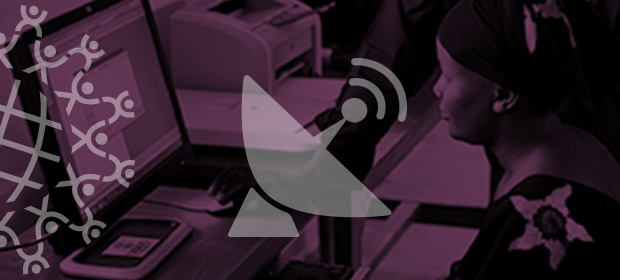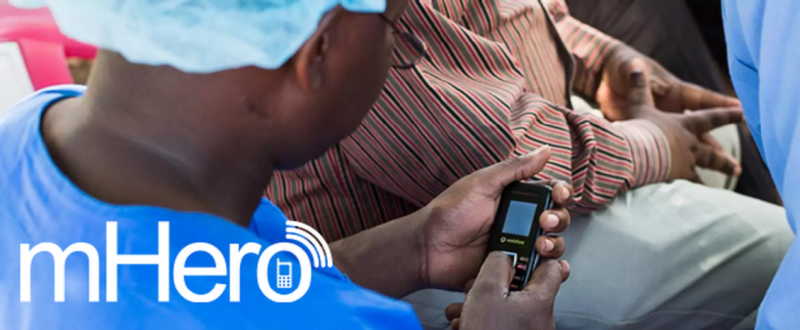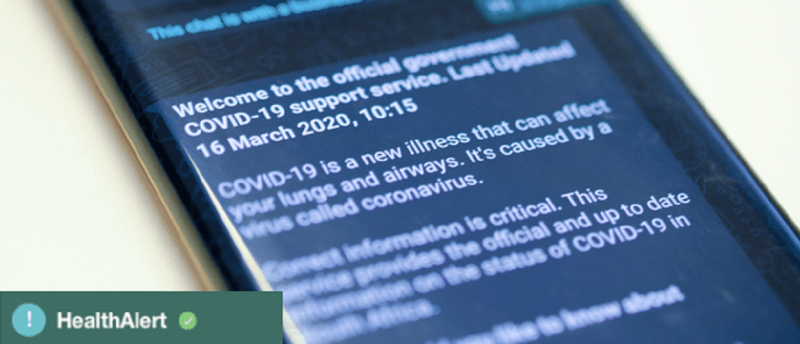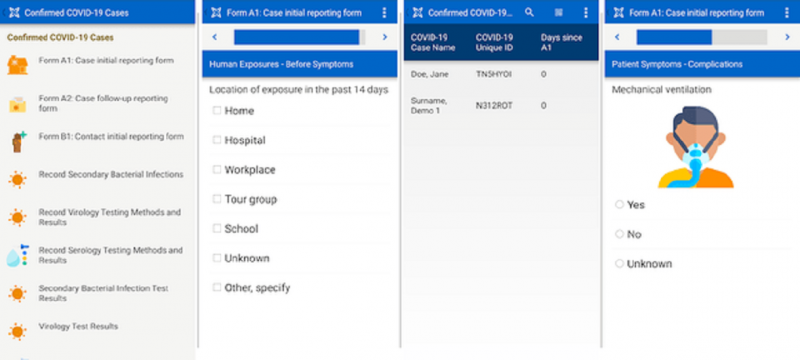Where We Work
See our interactive map


Here's what makes them efficient and effective during a pandemic.
Coronavirus infection rates are climbing exponentially around the world with over 440,000 confirmed cases and 20,000 deaths so far. Governments, donors, and health workers are scrambling to find digital health solutions they can use in COVID-19 response activities.
While we desperately need innovative solutions now, we must be patient and:
We all need to follow the Principles for Digital Development as we respond to country needs. This is a world-stopping emergency, and we all are moving fast. However, we must focus on solutions that:
Only with measured and appropriate digital health technology solutions will we be efficient and effective in our response to COVID-19.
Subscribe Now for more Digital Health Case Studies
There are three early successes that showcase how information and communication technologies (ICT4D) can support rapid responses to communicable disease outbreaks, like COVID-19. Each of these implementations build on the three perquisites above and decades of collective experience in emergency response within governments and across the development sector.
Let us hope that more of these 60+ digital health solutions become future COVID-19 response success stories.

IntraHealth International and UNICEF created mHero in August 2014 to support health sector communication during the Ebola outbreak in West Africa. mHero is a two-way communication platform that connects ministries of health with frontline health workers in even the remotest regions, allowing for real-time information exchange and a more effective outbreak response.
Lessons learned from the Ebola response clearly show that fast, informative communication to frontline health workers, and immediate, precise case reporting from them, were useful in engaging communities, managing rumors, and mitigating public health threats.
Today Liberia’s Ministry of Health is still using mHero as a surveillance and response platform for a range of diseases, conditions, and events. Alerts starting at the facility level can be sent to District Surveillance Officers and up through the health system to the central Ministry. The central Ministry of Health can also send out information to frontline health workers – all disaggregated by cadre or by county for targeted information or educational messages.
The government has adapted mHero to surveil for potential COVID-19 cases and send COVID-19 messages to health workers as part of the country’s response to the epidemic. This long-term usage and quick adaptation of an existing digital health solution is a prime example of why government ownership of digital health systems is critical for epidemic disease response.

Praekelt.Org created COVID-19 Connect by using Turn.io technology that delivers automated informational responses to the most frequently asked questions about COVID-19 and the coronavirus in South Africa.
Since its launch on Sunday night with the National Department of Health, the COVID-19 Connect WhatsApp-based helpline engaged with over 1.5 million South Africans, sending over 15 million messages using the World Health Organization’s up-to-the-minute information, coupled with localized news updates and information on prevention, symptoms, treatment, risks, traveling, and testing.
WHO launched a global COVID-19 WhatsApp service, building on Turn.io’ success, to provide the latest news and information on coronavirus to 2 billion people. The service includes details on symptoms and how people can protect themselves, and provides the latest situation reports and infection numbers in real time. More than 10 million people have used the system so far.
Launch WHO COVID-19 now on your mobile phone
COVID-19 Connect shows how we can successfully introduce true innovations in an emergency by leveraging existing systems and familiar technology that is already adopted at scale. Governments already know how to localize WHO content and no users needed WhatsApp training.

Dimagi built a free template application for CommCare, which fully implements the WHO FFX Protocol for contact tracing and case investigation to support rapid deployment of COVID-19 response solutions. More than 200 organizations accessed the template in the first 24 hours since it was released, and soon it will be updated with seven new languages.
On March 1, Ogun State Commissioner for Health Dr. Tomi Coker announced that they deployed CommCare, which was developed in less than 24 hours, for patient risk assessments and contract tracing in the southern Nigerian state.
This week, the directorate of science technology and innovation in Sierra Leone will start developing CommCare digital health solutions for contact tracing to contain the potential spread of COVID-19.
CommCare demonstrates how flexible functionality with permissive, open source licensing allows governments to adapt international solutions to local context for immediate use in fast-moving pandemics. Dimagi is even giving pro bono subscriptions for CommCare to all COVID-19 response applications through May 2021.
These three solutions add to a growing corpus of potential digital health solutions for COVID-19 response that we’ve featured on ICTworks:
Technologists, we need your ideas to build a truly comprehensive list of possible digital health solutions. Governments, donors, and implementers, check out the full list of 65+ potential solutions for coronavirus response.
This article was originally published on ICTworks on March 25, 2020. You can find the original post here.
Get the latest updates from the blog and eNews




